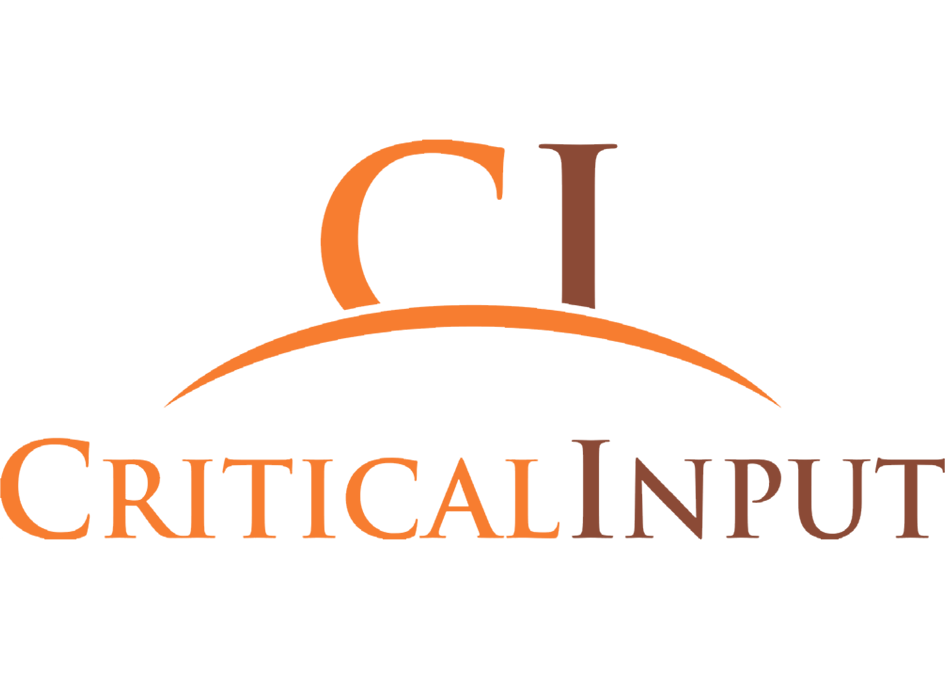From breakdowns to breakthroughs: Regaining supply chain control

-By Henk de Vos, WA/SA/NT Business Manager + Senior Consultant
Blaming supply chain breakdowns on the pandemic has become part of the pandemic vernacular. From manufacturing and warehousing/logistics to stocking shelves and customer service, it seems every layer of the supply chain has been impacted by external factors. Who could have seen this coming? Who would have predicted it would impact everything from toilet paper to chicken nuggets? Senior Consultant and Business Manager at Critical Input Henk de Vos explores how organisations can re-take the reigns.
Blame versus self-determination
The problem with apportioning blame on elements outside the organisation’s control is that it weakens its self-determination or its “internal locus of control”. For the uninitiated, the term, “locus of control” is the degree to which people believe that they, versus external forces beyond their influence, have control over the outcome of events in their lives. SPOILER ALERT: Companies with strong external locusts of control are more successful.
In order to steer the ship, it’s important to regain control, particularly when it comes to aspects that are critical to business continuity. So, we need to ask the question: How many of the world’s supply chain issues stem from lack of planning?
Is it the pandemic or is it the problem?
Arguably, the pandemic has merely exposed pre-existing fault lines that have built up during years where the trend among organisations was to lean down.
Outsourcing non-core goods and services to reduce costs and focus on competencies may achieve the objective of improving bottom lines, but this trend presents additional risks by reducing the ability to predict and determine outcomes. Outsourcing reduces independence because, in order to maintain business continuity, you’re reliant on a third-party.
Treat ‘em mean to keep ‘em lean
In order to become “lean”, an organisation may make staff redundant or redeploy them to other areas of the business. As a result the organisation quickly loses its in-house knowledge and becomes even more dependent on that supplier. The supplier becomes a key business partner, who is not only responsible for the supply of the goods or services but also the associated supply chain planning. As the company has lost its in-house knowledge, it often doesn’t realise what external business factors can impact a supplier’s supply lines down the food chain.
Due to cost pressures, companies are endlessly reviewing operating costs, which means more redundancies, right-sizing, realigning staff and squeezing suppliers on pricing. This focus on the cost-reduction may look good on paper, but it poses a huge risk in loss of knowledge and increased supply chain exposure.
Crises expose risk
The product knowledge is now held by the supplier, not the company. As a result, when the company decides to challenge the current cost, it lacks the experience to clearly specify the required scope of work. If the supplier has something of value or owns relationships of value, the client may find themselves in a position of little power. The tender review becomes focused on the perceived cost, not the intangible benefits required by the business. Incumbent suppliers are often unsuccessful within a competitive tender process as they’ve factored in the real cost of managing the end-to-end process based upon their knowledge. The new supplier often struggles to deliver the required service level, as neither party really understand the required scope or effort to deliver it.
We now have the perfect storm with neither the company nor supplier having the required commodity knowledge. Your non-core commodity has now become critical, as it starts to impact your ability to fulfil your clients’ orders, also known as “revenue”. Cost-savings evaporate, and the blame game begins.
Knowing your supply chain key to riding out the storm
Do you really understand the criticality of your supply chain and the risks associated with your key suppliers, service providers and commodities? While pandemic has impacted the world’s supply chains, some companies have weathered the storm far better than others. These successful companies had the knowledge or built strong supplier partnerships to pre-empt shortages or delays. Often the supplier would advise them of any market changes so that they could amend their forecasts, lock in additional production, or increase their inventory holding. Suppliers tend to support (ie forewarn) key clients with whom they have built a strong business relationship at the cost of the less desirable ones.
As the world becomes increasingly complex, remaining competitive in the future may be less about being lean, but more about being able to maintain a strong internal locus of control within your end-to-end supply chain landscape. Perhaps now is the time to consider detailed supply chain mapping. Critical Input has developed a Supply Chain Review (SCR) function that helps identify risks at all layers to ensure you’ve adequately assessed business risks, particularly those that are critical to business continuity.




